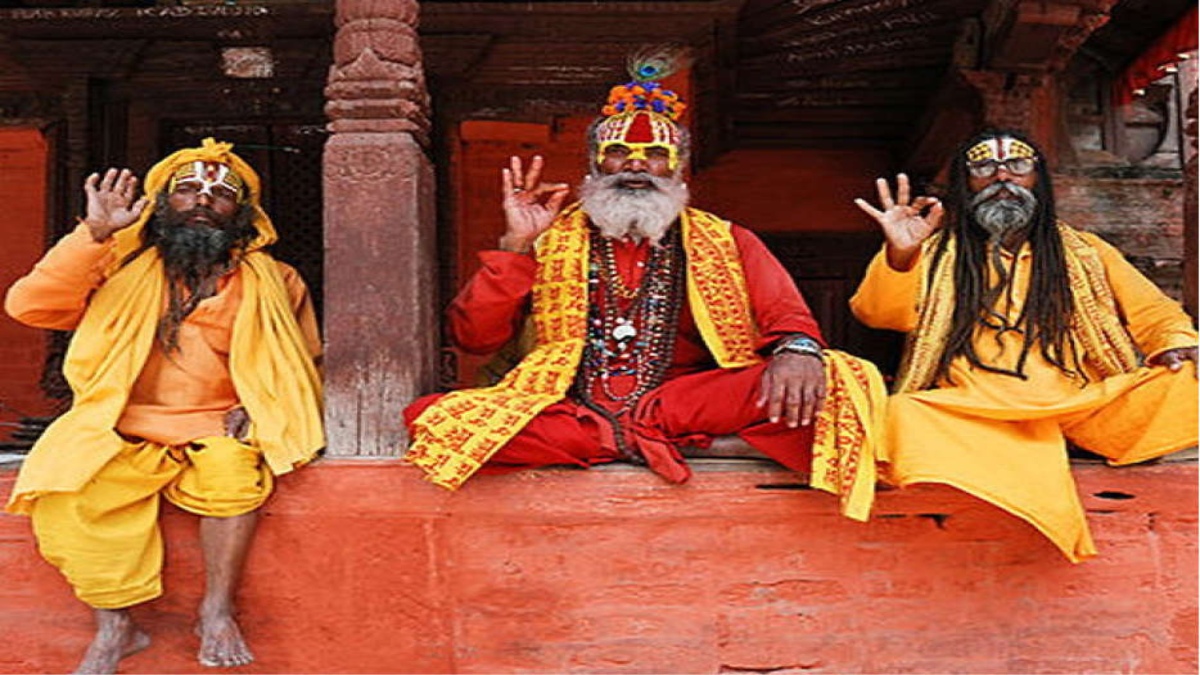
Faith and Hinduism are quite complex notions. The difficulty in understanding the concept of ‘faith’ is universal to all religions. ‘Faith’ is described by The Oxford Dictionary of Philosophy as “the conviction of the truth of some doctrine which is the result of a voluntary act of will’. According to fideists, faith is far superior to reason. Rejecting faith is a sin. They are pessimistic about the role of reason in achieving knowledge of things divine, and about its role in understanding everything religious, theological and spiritual.
There is no synonym for faith in Sanskrit, or even in Hindi language. The terms used in the literature are: Shraddha (respect), Vishwas (trust), Aastha (belief), Nishtha (loyalty), Bhakti (devotion), Manyata (Assumption), Yakin, Bharosa (trust), Dharna (postulate), etc. None of them touches the essence of faith. Each one of these terms has a ‘family resemblance’ with the Semitic notion of faith. The difficulty in understanding the place of faith in Hinduism is further compounded by the term ‘Hinduism’ itself.
The term ‘Hinduism’ was conceived to designate the religion practised by the inhabitants of the region lying on the eastern side of the river Indus. The inhabitants of the region on the other side of river Indus called their region Bharata. Bharata is the term used in the classical Indian literature to represent the geographical region in which the people now popularly known as ‘Hindus’ lived. The inhabitants called themselves ‘Bharatis’—the inhabitants of Bharata.
According to Vishnu Purana, “The area which is to the north of the sea and extends up to the Himalayas is called Bharata and its inhabitants are known as Bharatis.” From this, it can be concluded that not only the foreigners identified the inhabitants of this region by the geographical region occupied by them but even the inhabitants of the region described themselves not in terms of the religion practised by them but in terms of the geographical contours of the physical area occupied by them.
In fact, the ‘Bharatwasis’ did not have a name for the religion practised by them. However, with the passage of time they started calling their religion sometimes Sanatan Dharma—eternal religion and at other times Vedic Dharma—the religion founded on Vedic teachings.
The use of the term ‘religion’ in the Indian context is itself problematic because there is no corresponding term for it in the traditional Sanskrit doxographies. However, some works do contain terms like Ishvarvada, the approximate translation of which would be ‘doctrine of God’. It was not until the sixteenth century that the Hindus started using the terms Hindu and Hinduism or Hindu Dharma to describe their own religious principles and practices.
Sanatan Dharma, Vedic Dharma or what is now known as Hinduism does not claim its allegiance to a single book or a doctrine. It does not have a unique set of religious practices or dogmas. Every doctrine in it has a rider in the form of apad dharma (exception to a rule in exigencies) attached to it.
A set idea of Godhead or form of worship has no place in Hinduism. Underlying the acceptance of multiplicity of Godheads and methods of worship is the principle that though the Truth, or God, or the Supreme may be one, yet we can, and in fact we do, see and apprehend it differently from different standpoints. This attitude not only removes antagonism but also promotes forbearance and sympathy for all religions.
One may believe in several scriptures, or not believe in any of them, so much so that like the Carvakas he may deny the authority even of the Vedas, yet he would be a Hindu. For a ‘Hindu’, the least important part of religion is its dogma. For him the religious spirit matters, not the theological credo. He, as Sri Aurobindo says, “knows that all the highest eternal verities are truths of the spirit. The supreme truths are neither the rigid conclusions of logical reasoning nor the affirmations of creedal statement, but fruits of the soul’s inner experience”.
Hinduism, as Arvind Sharma says, is “a religious tradition as something one possesses rather than as something one is possessed by”. Hindus are used to multiple identities and multiple loyalties, coming together in allegiance to a larger idea of Hinduism. The extended idea of Hinduism safeguards the common space available to each of its sects.
Hinduism broadly is a mixture of ‘commitment to pluralism or inclusivism’, ‘upholding the doctrine of purusharthas—the goals of life’, ‘the mindset of abhaya, asanga and ahimsa—freedom from fear, spirit of detachment, and non-violence’, ‘the doctrine of karma’ and ‘the doctrine of reincarnation’. However, the proportion of these constituents in the mixture may vary, depending upon the needs of the time.
Hinduism is not a static religion. It is a poignant religion which adapts itself to the changing social, economic, scientific and technological paradigms. It shows us the way to creative living and an efficacious ways of life fulfilment. Like an anthill, it seems to be passive and irrevocably and decisively shaped but a lot of activity is silently happening inside which gives it its ever-changing character.
After clarifying the notions of ‘faith’ and ‘Hinduism’ let me now analyse the notion of shraddha which is closest to the notion of faith than all other alternatives mentioned above. Shraddha represents faith not as a belief in something that cannot be explained by reason but represents an understanding based on one’s conviction. The Bhagvad Gita attaches so much importance to shraddha that it commands that all religious and secular actions, be it sacrifice, charity, or austerity, must be performed with shraddha. So much so that “whatever is done without faith (shraddha) is said to be of no avail”. The intensity and kind of shraddha one has, according to Gita, depends upon the person’s own inherent nature (svabhava).
Explaining it further, the Gita says, “The faith of all beings is in accordance with their minds. The person is made up of faith as the dominant factor. He is verily what his faith is”. That is, the faith of a person determines what his outlook in life is, what his choices are, and what he finally becomes.
Right views or Right faith is the first step in Buddha’s eightfold path for attaining nirvana. Right faith leads to right goals and right aspirations. Right faith is the faith that nirvana, the eternal peace can be achieved by human beings in this world itself. The wrong faith leads us to wrong choices, wrong aims. Patanjali too upholds that right faith is the foundation of the method for the realisation of God. In his Yoga sutras, he asserts, “The concentration of the true spiritual aspirant is attained through faith, strenuousness, recollectedness, absorption and illumination”.
According to Ramanuja, absolute faith is the prerequisite for God realisation and salvation. He calls it prappati—absolute self-surrender as explained the hymn: ‘You are my father and mother; You are my relative and friend; You are my learning and my wealth; You are all That I have, from beginning to end’. Mira puts it thus: ‘Mere to Giridhar Gopal Dusro na Koi’ (Lord Krishna is truly mine and there is no other). Tulsidas referring to faith as complete surrender explains thus: ‘Je vidh hoi nath hit mora karhu begi das main tohra’ (Oh Lord! Do that which is beneficial to me). Hinduism continues to uphold that complete, absolute and unconditional surrender is that which defines faith. It governs one’s lived life and is not just praxis.
The writer is former Professor of Philosophy, Delhi University, Delhi. The views expressed are personal.















